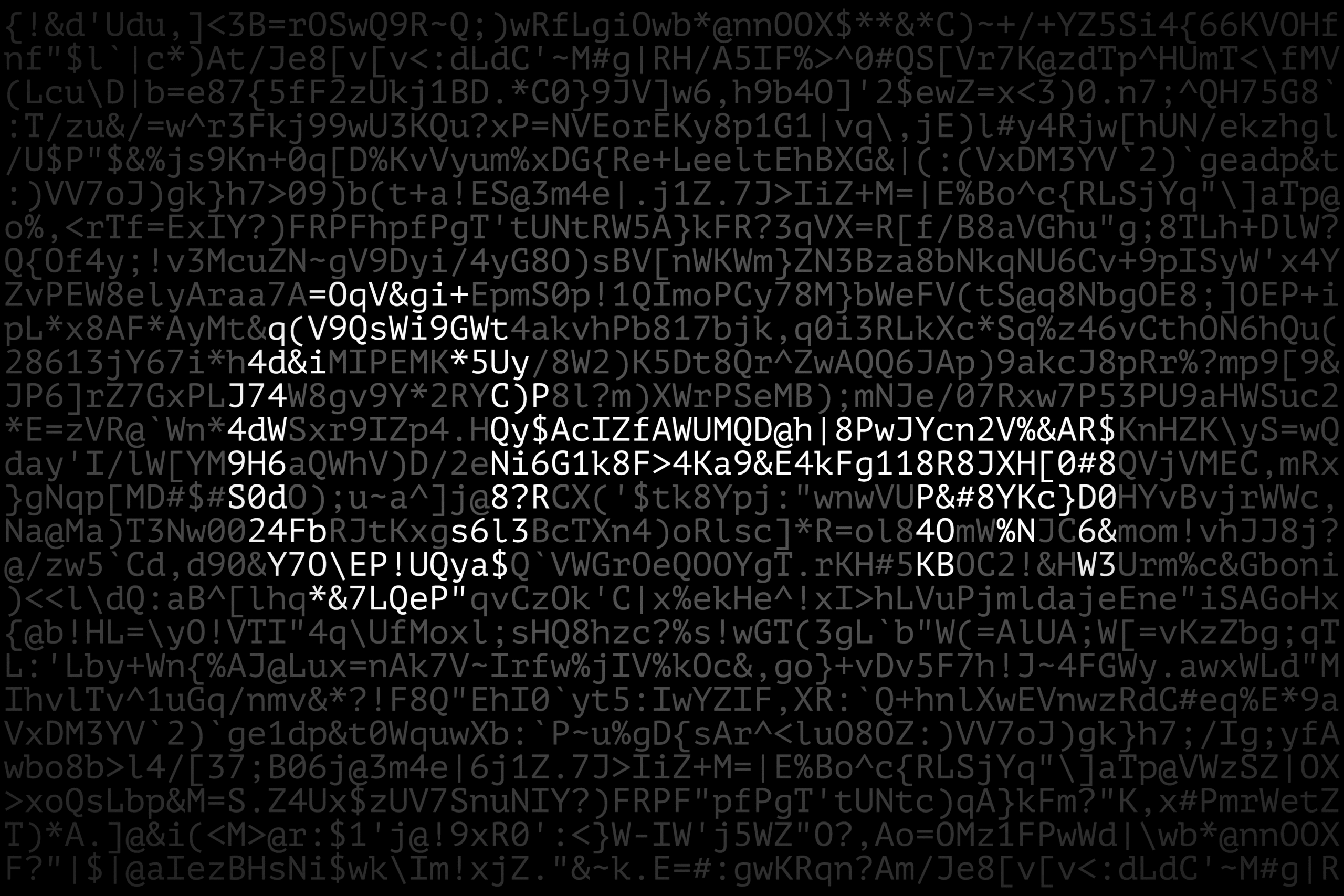Data Loss Prevention
Monitor, identify, and protect sensitive information

Prevent Data Leaks and Protect Sensitive Information with DLP
Data loss threats are increasing as businesses handle growing volumes of sensitive data and cyber criminals are leveraging AI-driven attacks to exfiltrate critical information. Whether through insider threats, accidental data leaks, or targeted breaches, loss of confidential data can lead to financial cost, reputational damage, and/or regulatory penalties. The rise of remote work and cloud collaboration has further expanded the attack surface, making traditional security measures insufficient for keeping your data safe.
Data Loss Prevention (DLP) solutions monitor, identify, and protect sensitive information such as financial data, health records, and more. These tools can be used to apply policies to manage sensitive data and prevent unauthorised access or the transfer of data across secure environments. These strict controls can be enforced deciding who can share specific data, therefore minimising the likelihood of data leaks.
Traditional versus Cloud DLP
However, as technology has advanced, it has become increasingly apparent that there are limitations to legacy solutions and traditional DLP. As technology such as AI has become more common, DLP systems are left behind. They lack the expertise in behavioural analysis, meaning that they lack context about user intent, or purpose of data transfers. Their monitoring systems are not always the most reliable, sometimes producing false positives and/or negatives when alerting potential abnormal user behaviour. This can be hard to manage and may create alert fatigue.
Traditional DLP solutions are quite simple, mainly focusing on just key words for their detective mechanism. They also provide limited protection for encrypted data as they do not have the capabilities to inspect to this complexity. As a result, when new and emerging threats are becoming more prevalent, legacy DLP solutions cannot keep up.
They are hard to scale up in environments with large volumes of data. Where data is also distributed across various platforms and security models, DLP solutions struggle to provide consistent protection. As a result, they become strained within a multi-cloud or hybrid environment, thus creating the need for a cloud DLP solution.
Cloud Data Loss Prevention (DLP) helps organisations protect sensitive data in cloud environments by detecting, monitoring and preventing unauthorised access. Cloud DLP solutions help organisations maintain compliance with regulatory requirements and prevent data breaches by enforcing data security policies across cloud platforms.

| Cloud DLP | On-prem DLP |
|---|---|
| Automatically scales according to demand | Requires additional hardware for expansion |
| Subscription-based pricing with lower upfront costs | Higher upfront costs for hardware and software investments |
| Deployed quickly and remotely | Requires on-site deployment |
| Frequently updates alongside emerging threats handled by cloud provider | Requires in-house IT team for maintenance and updates |
| Hosted in the cloud, requiring minimal hardware | Installed on local servers so is managed by an IT team |
| Protects data across cloud applications e.g., SaaS, IaaS, etc. | Primarily secures data within internal networks |
| Managed by a cloud provider | Full control over security policies and data |
| Threat detection powered by AI analytics and cloud intelligence | Threat detection carried out via customisable policies and tailored to on-prem security needs |

Preventing unauthorised data access and exfiltration is a critical challenge, but Red Helix Data Loss Prevention strengthens visibility and control over sensitive information. Powered by the CrowdStrike Falcon platform, our SOC continuously monitors user activity and file movements, detecting and responding to suspicious behaviour in real time. Falcon’s AI-driven analytics identify potential insider threats, policy violations, and abnormal data transfers before they escalate into breaches. Additionally, automated IT policy enforcement ensures compliance with security standards while minimising operational disruptions.
To further secure business-critical data, Red Helix recommends access control measures, security awareness training and secure cloud backups, reducing the risk of data exposure due to human error or malware. By automating risk detection and policy enforcement, businesses not only enhance their security posture but also improve efficiency, enabling security teams to focus on higher-priority threats while ensuring compliance with industry regulations.




